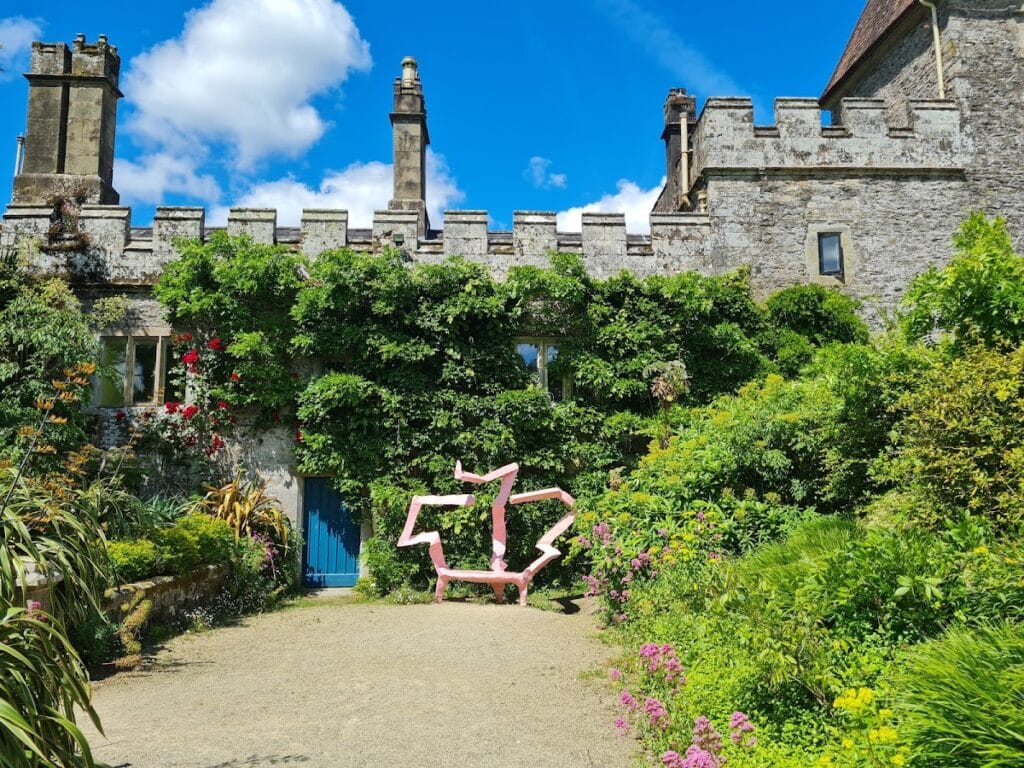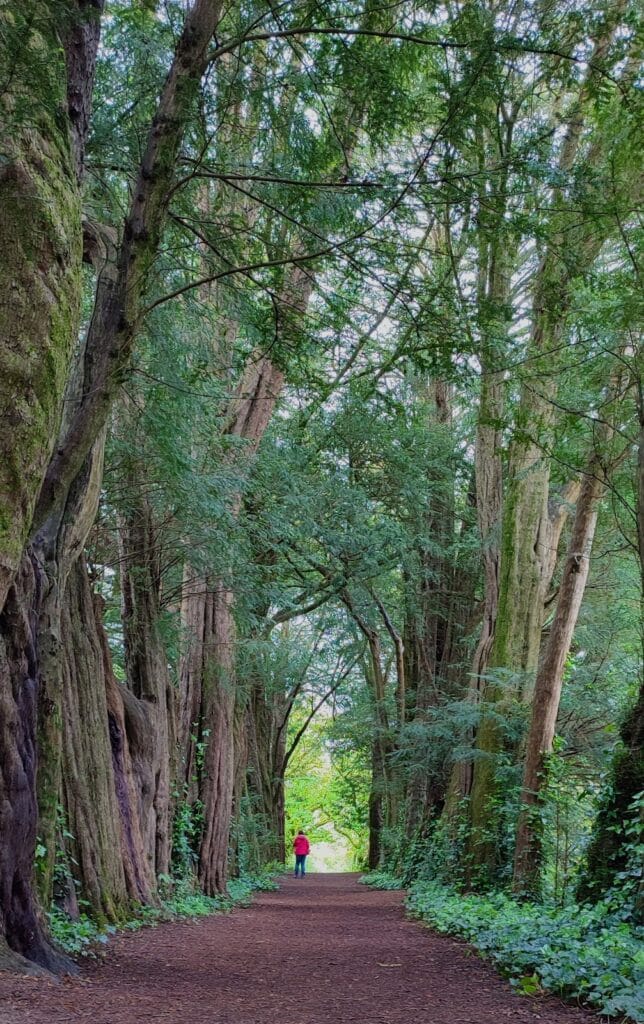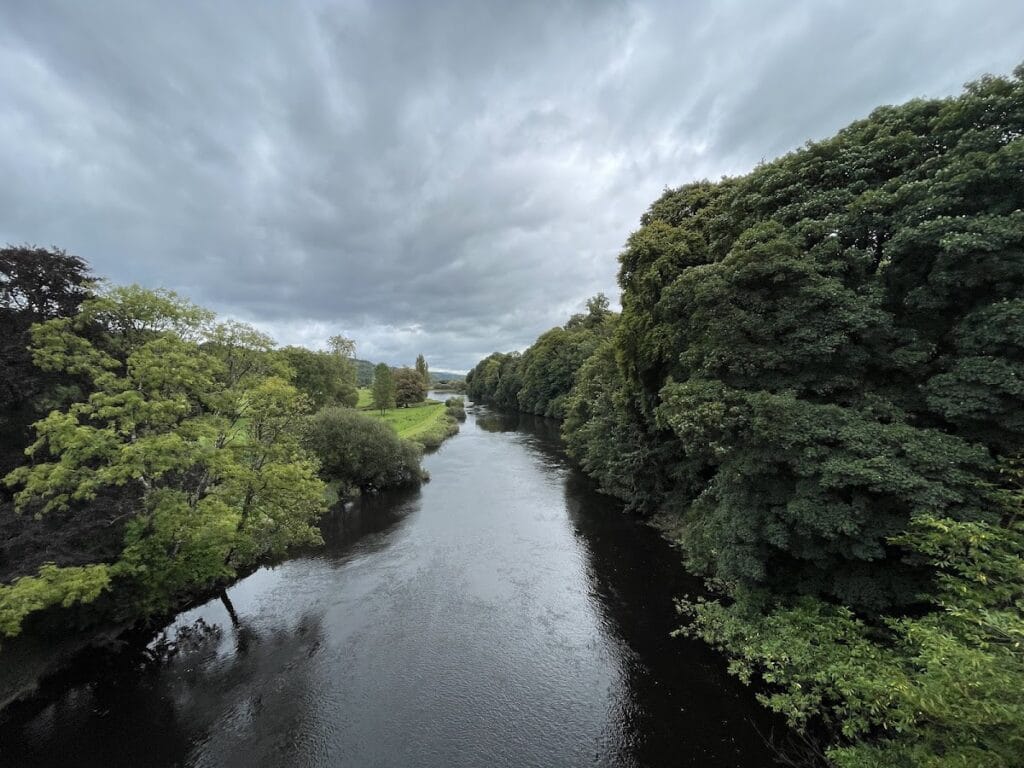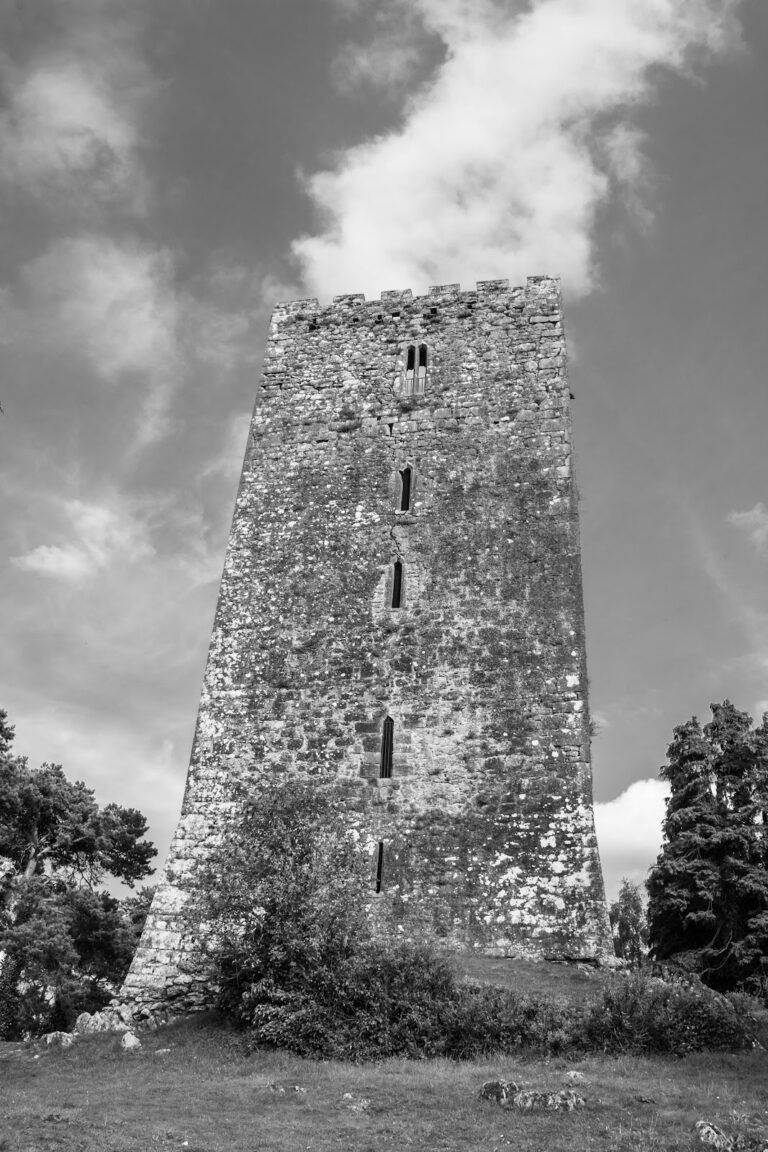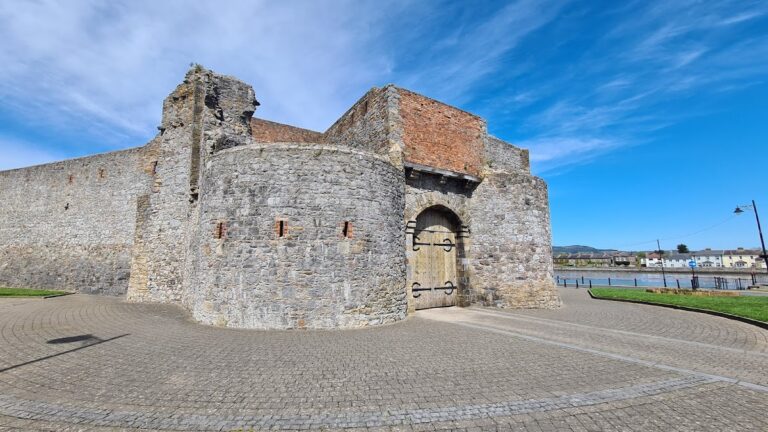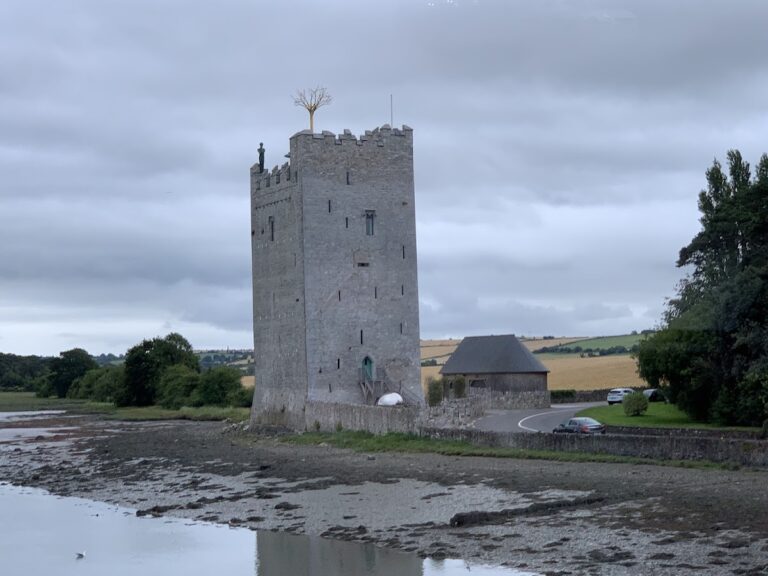Lismore Castle: A Historic Irish Fortress and Noble Residence
Visitor Information
Google Rating: 4.5
Popularity: Medium
Google Maps: View on Google Maps
Official Website: www.thehallandlismorecastle.com
Country: Ireland
Civilization: Medieval European
Remains: Military
History
Lismore Castle is located in the town of Lismore, Ireland. The original stronghold was constructed in 1185 by Prince John of England, serving as a strategic fortress to safeguard an important river crossing. Its position was chosen on the grounds of an earlier ecclesiastical site, Lismore Abbey, which had been established in the early 7th century and was recognized for its role as a center of religious learning for several centuries.
Following its initial function as a defensive structure, the castle transitioned into a residence for local bishops for a short period before becoming primarily a noble household. Ownership rested with the Earls of Desmond until 1583, when their estates were seized after the death of Gerald FitzGerald, the 14th Earl of Desmond, amid the English plantations that sought to control Irish lands. In 1589, the castle was leased and eventually sold to Sir Walter Raleigh, who later passed it on in 1602 while imprisoned to Richard Boyle. Boyle, who would become the 1st Earl of Cork, made Lismore Castle his main residence and undertook significant enlargement, transforming it into an impressive noble home.
During the mid-17th century, specifically in 1645, the castle was attacked and plundered by forces commanded by Lord Castlehaven amidst the conflicts known as the Irish Confederate Wars. Efforts to restore the building were carried out by Richard Boyle, the 2nd Earl of Cork, though neither he nor subsequent owners chose to live in the castle after repairs. In the mid-18th century, the estate passed into the hands of the Cavendish family as a result of Lady Charlotte Boyle’s marriage to the future 4th Duke of Devonshire in 1753. The 5th Duke made enhancements to the property, including the construction of a bridge spanning the nearby River Blackwater in 1775.
Between 1812 and 1822, the 6th Duke undertook an extensive remodeling of the castle in the Gothic Revival style, a popular architectural trend that sought to evoke medieval forms. This period of transformation was led by architect William Atkinson, with later significant expansions around 1850 designed by Sir Joseph Paxton, which largely shaped the castle’s current appearance. Prominent craftsmen and designers such as John Gregory Crace and A. W. N. Pugin contributed furnishings and ornamental details during these renovations. After the death of the 6th Duke in 1858, the castle’s structure and style remained mostly unchanged.
In the 20th century, Lismore Castle served as the home of Lord Charles Cavendish and his wife, Adele Astaire, until her passing in 1981. The 11th Duke of Devonshire used it occasionally and later rented it out. Since 2004, the 12th Duke has chosen to reside primarily elsewhere, with his son Lord Burlington overseeing the estate, including the conversion of part of the castle into a contemporary art gallery in 2005. The castle’s gardens reflect its long history, featuring a walled upper garden dating to the 17th century and a more informal lower garden created in the 19th century, both of which have been enhanced by the addition of modern sculptures.
Remains
Lismore Castle’s layout reflects its origins as a fortified site guarding a river crossing, later evolving into a grand residence with a courtyard plan. The complex is arranged around a central courtyard, flanked by gabled ranges, and enclosed within a castellated outer wall. A prominent gatehouse known as the Riding Gate provides access to the interior, consistent with its defensive beginnings.
The castle’s principal living quarters were elaborately decorated. These included ceilings adorned with intricately carved fretwork plaster, walls hung with tapestry, and rooms furnished with embroidered silks and velvets. A notable feature is the medieval-style banqueting hall, which was created by repurposing the ruins of the chapel from the old Bishop’s Palace. This hall contains architectural and decorative elements typical of Gothic design, including a large perpendicular stained-glass window, choir stalls, and distinctive stenciled patterns on the walls and roof timbers.
The 19th-century Gothic Revival reconstruction involved the use of finely cut stone imported from Derbyshire, England. William Atkinson initially led this rebuilding phase, followed by large additions by Sir Joseph Paxton around 1850 that significantly reshaped the castle’s silhouette. Interior details include furnishings and architectural accents by John Gregory Crace, a renowned furniture maker of the Gothic Revival, and A. W. N. Pugin, who provided several chimney-pieces. Among these is a notable chimney-piece originally made for Horsted Place and displayed at the 1851 Great Exhibition; this was acquired for Lismore Castle and features an Irish welcome inscription, “Cead Mille Fáilte,” replacing its original family emblems.
The bridge over the River Blackwater, which is part of the estate, was first constructed in 1775 by architect Thomas Ivory. It was replaced in 1858 with a new structure designed by Charles Tarrant and built by E. P. Nagle and C. H. Hunt, reflecting the continued investment in the property’s infrastructure.
The gardens surrounding the castle mirror the architectural timeline of the estate. The upper garden is a 17th-century walled space, while the lower garden was laid out in the 19th century with a naturalistic style. In recent years, the gardens have been augmented with contemporary sculptures by prominent artists including Sir Antony Gormley, Marzia Colonna, and Eilís O’Connell, blending historic landscape design with modern art.
While the interior of Lismore Castle is not generally open for public tours, it can be accessed in small groups. A derelict portion of the castle’s west range was converted in 2005 into a contemporary art gallery, now known as Lismore Castle Arts, indicating the site’s ongoing adaptation and use.


